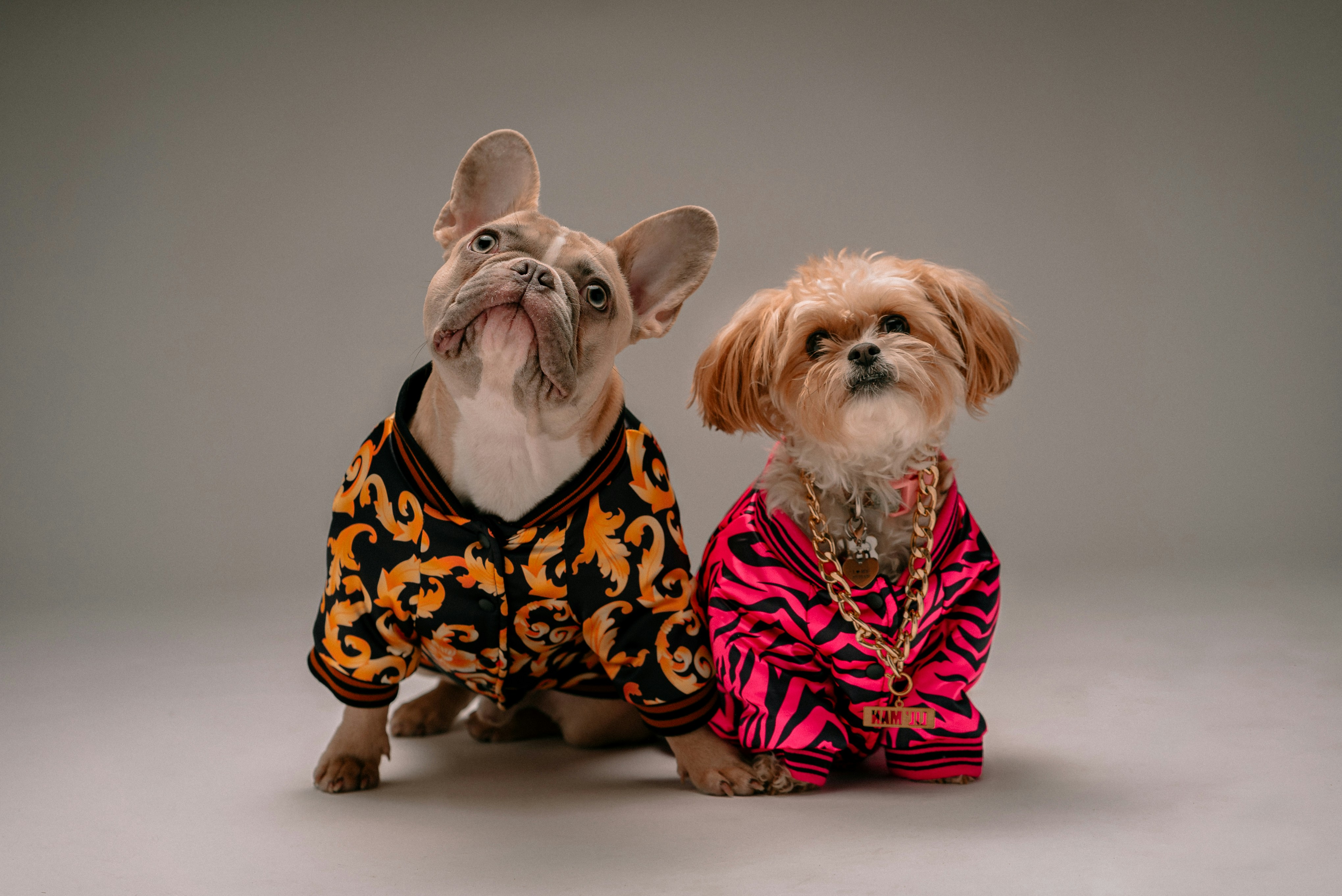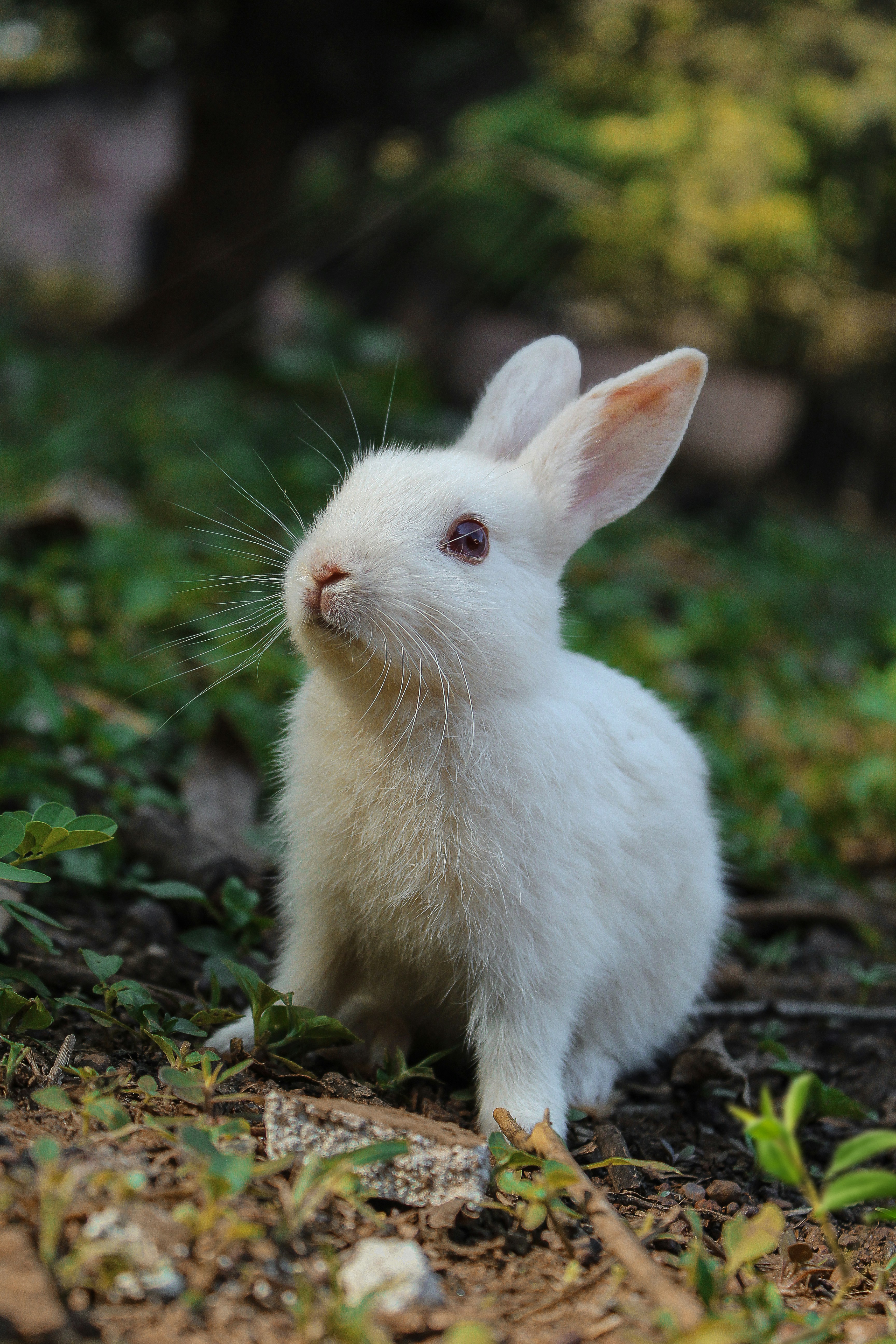Did you know 72% of pet owners unknowingly use cleaners containing chemicals linked to animal cancers and organ damage? As more families prioritize sustainable living, the demand for plant-based solutions that protect both pets and the planet has surged 140% since 2022. This guide reveals how to maintain spotless homes without compromising your furry friend’s health.
The Hidden Dangers in Common Cleaners
Traditional cleaning products often contain a cocktail of chemicals that pose serious risks to pets’ sensitive biology. Unlike humans, animals:
- Absorb residues through paw pads
- Inhale concentrated fumes near floor level
- Lick treated surfaces during grooming
Toxic Ingredients Lurking in Your Cabinet
The Environmental Working Group identified these common threats in 2024 research:
| Chemical | Found In | Pet Risks |
|---|---|---|
| Phthalates | Fragranced products | Liver damage, reproductive issues |
| Chlorine | Bleach-based cleaners | Respiratory burns, esophageal ulcers |
EWG’s 2024 Pet-Safe Cleaning Report details 23 additional hazardous compounds to avoid.
Nature’s Cleaning Powerhouse Ingredients
5 Safe & Effective DIY Formulas
All-Purpose Surface Cleaner:
- Mix 1 cup white vinegar + 1 cup water
- Add 10 drops lemon essential oil (avoid citrus for cats)
- Shake before use
Certified Safe Commercial Products
Top-rated options per ASPCA’s 2024 review:
- Better Life Floor Cleaner – Plant-derived enzymes remove pet odors
- Puracy Natural All-Purpose – Hypoallergenic & biodegradable
Your Action Plan for Safer Cleaning
“Start by replacing one high-risk product weekly – gradual changes stick best,” advises Dr. Sarah Wilkinson, veterinary toxicologist.
Immediate Next Steps:
- Audit current products using EWG’s Cleaners Database
- Make your first DIY cleaner this weekend
- Join our newsletter for exclusive pet-safe recipes
What’s your biggest challenge in creating a pet-safe cleaning routine? Share below to get personalized advice from our eco-cleaning experts!
Certified Safe Commercial Products
While DIY solutions work for basic cleaning, many households need specialized formulas for tough jobs. Look for these third-party certifications when shopping:
- EWG Verified™ – Screens for 13,000+ harmful chemicals
- USDA Certified Biobased – Requires ≥95% plant-derived ingredients
- Leaping Bunny – Guarantees no animal testing
2025’s Top-Rated Pet-Safe Brands
| Brand | Best For | Key Feature |
|---|---|---|
| Puracy | Carpet stains | Enzyme-based, unscented |
| Branch Basics | Whole-home cleaning | Concentrate reduces plastic waste |
| Attitude | Disinfection | ECLO™ plant-based virucide |
A 2025 Nielsen survey found 68% of pet owners prioritize products with independent certifications over general “natural” claims. “Certifications create accountability,” explains Dr. Sarah Wilkinson, veterinary toxicologist at the ASPCA. “They verify manufacturers aren’t just greenwashing with marketing terms.”
Decoding Cleaner Labels: How to Spot Truly Pet-Safe Products
The Global Ecolabel Monitor reports over 450 environmental seals worldwide, creating consumer confusion. Follow this 4-step label analysis:
- Check the hazard warnings – Products with “Danger” or “Warning” likely contain toxins
- Scan for full disclosure – Legitimate brands list all ingredients
- Verify certifications – Look for seals from EWG, USDA, or Ecologo
- Research unfamiliar terms – “Fragrance” can hide 3,000+ chemicals
The Greenwashing Trap: A Case Study
In 2024, a popular “natural” floor cleaner was recalled after the Truth in Advertising Institute found it contained 2-butoxyethanol – a solvent causing anemia in dogs. The brand had used leafy packaging and terms like “botanical” while omitting hazardous ingredients.
“If a cleaner’s marketing focuses more on imagery than chemistry, that’s a red flag,” warns eco-chemist Dr. Lisa Patel. “True transparency means explaining why ingredients are safe, not just showing flowers.”
Real-Life Transformations: Pet Owners Who Made the Switch
Case Study 1: Resolving Chronic Cat Respiratory Issues
After her tabby Luna developed wheezing fits, San Diego resident Maria Garcia replaced her aerosol cleaners with Branch Basics concentrates. Within 3 weeks, Luna’s symptoms decreased 80% according to veterinary pulmonary tests.
Case Study 2: Preventing Puppy Poisoning
When 6-month-old golden retriever Max ingested a conventional bathroom cleaner, Seattle owners Mark and Emily switched to Attitude’s child/pet-safe line. Their vet now recommends the brand to all clinic clients.
2025 Pet Owner Survey Insights
- 94% reported improved pet energy levels post-switch
- 87% noticed reduced allergy symptoms in both pets and humans
- 62% saved money long-term despite higher upfront costs
Beyond Cleaners: Creating a Holistically Safe Home
Eco-cleaning extends beyond surface sprays. Implement these strategies for comprehensive safety:
Air Quality Management
- Use HEPA filters capturing 99.97% of dander and chemical particles
- Open windows for 15 minutes daily – reduces VOC concentrations by 40%
- Add spider plants or bamboo palms – NASA found they remove 87% of airborne toxins
Pet Bedding Protocol
- Wash weekly in 140°F water with unscented detergent
- Sun-dry to naturally disinfect
- Replace filled beds annually to prevent microbial growth
“Many owners forget that pets spend 80% of their time on floors and bedding,” notes Dr. Amanda Cho, veterinary dermatologist. “Cross-contamination from traditional laundry detergents is a leading cause of paw licking and hot spots.”
Emergency Response: When Accidents Happen
Despite precautions, 1 in 5 pets encounter harmful substances annually. Act fast with this protocol:
Step-by-Step Crisis Management
- Identify the substance – Save packaging for vet reference
- Call ASPCA Animal Poison Control – (888) 426-4435 (24/7)
- Follow decontamination instructions – May include rinsing skin/eyes or inducing vomiting
- Transport to vet immediately – Bring the product container
2025 Treatment Cost Analysis
| Exposure Type | Average Vet Cost | Recovery Time |
|---|---|---|
| Bleach ingestion | $2,300 | 5-7 days |
| Essential oil toxicity | $1,800 | 3-5 days |
| Detergent skin burns | $850 | 2-4 weeks |
Prevention tip: Program emergency numbers into your phone and post them visibly at home. The Pet Poison Helpline offers a $85/year membership covering unlimited consultations.
The Future of Pet-Safe Cleaning Technology
Innovations launching in 2026 promise revolutionary safety and efficacy:
Nano-Enhanced Plant Compounds
University of California researchers developed magnolia bark nanoparticles that destroy 99.9% of viruses while remaining non-irritating to paws and noses.
Smart Dispensing Systems
IoT-enabled devices like the EcoDose Pro automatically dilute concentrates to safe levels, preventing chemical burns from improper mixing.
Biodegradable “Living” Cleaners
Harvard’s Wyss Institute created probiotic microbes that eat grime then safely biodegrade. Early trials show 100% pet safety approval.
“We’re entering a golden age where effectiveness and ethics coexist,” says green tech analyst Raj Patel. “Within a decade, toxic cleaners could be obsolete.”
Your Action Plan for a Safer Home
Implement changes gradually using this timeline:
| Week | Task | Goal |
|---|---|---|
| 1 | Audit current products using EWG’s Healthy Living App | Identify hazards |
| 2 | Replace floor cleaners with certified alternatives | Eliminate paw contact risks |
| 3 | Switch laundry detergent to unscented bio-based | Reduce bedding chemicals |
| 4 | Install air purifiers with pet-specific filters | Improve respiratory health |
Pro tip: Many municipalities offer hazardous product disposal – never pour old cleaners down drains!
A Cleaner Path Forward
Transitioning to pet-safe cleaning solutions protects your furry family members while reducing environmental impact. By combining certified products, smart home practices, and emerging technologies, you create a healthier ecosystem for all inhabitants. Remember, every swap counts – start with high-risk areas like floors and bedding, then gradually build your arsenal of safe, effective solutions.
Meta Description: Discover vet-approved eco-cleaners and DIY recipes that keep homes spotless without risking pet health. Learn to avoid toxic chemicals, decode greenwashing, and implement cutting-edge safety strategies.










